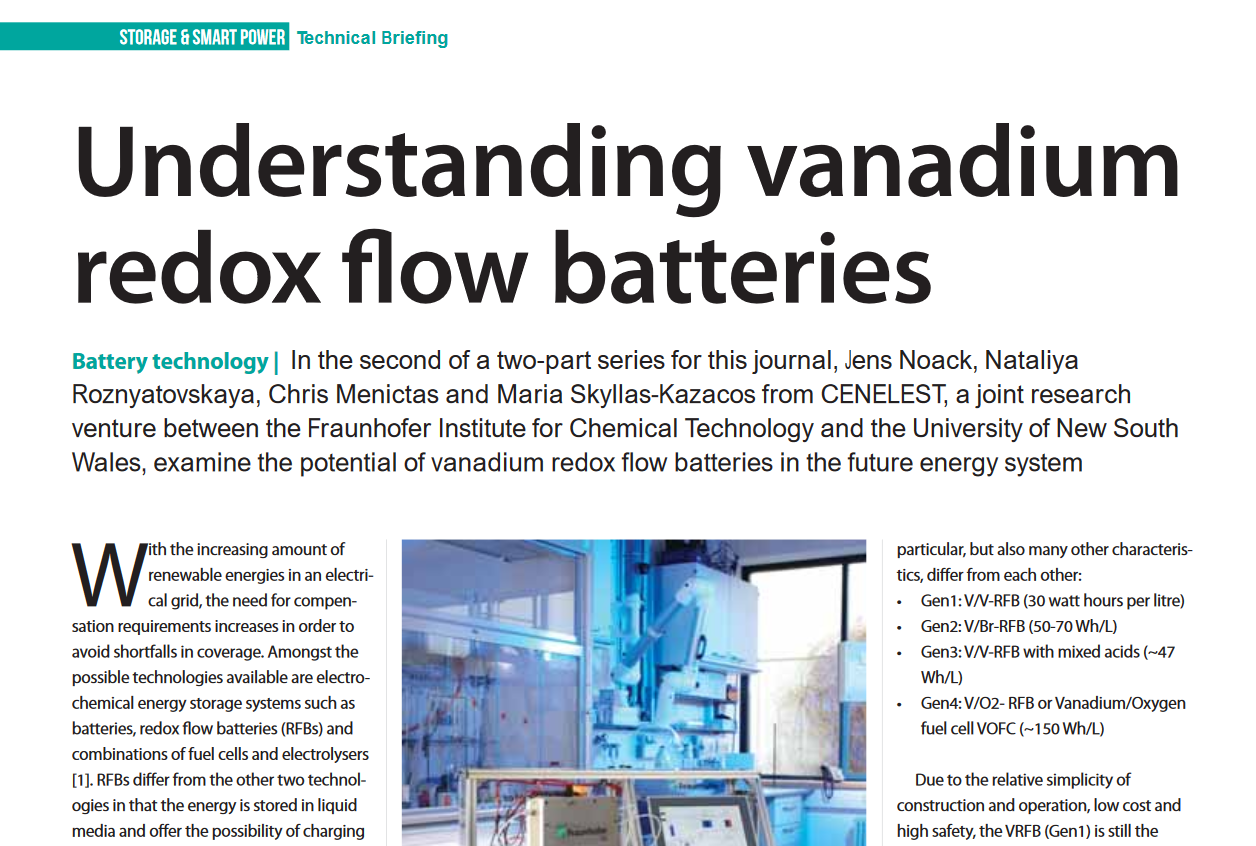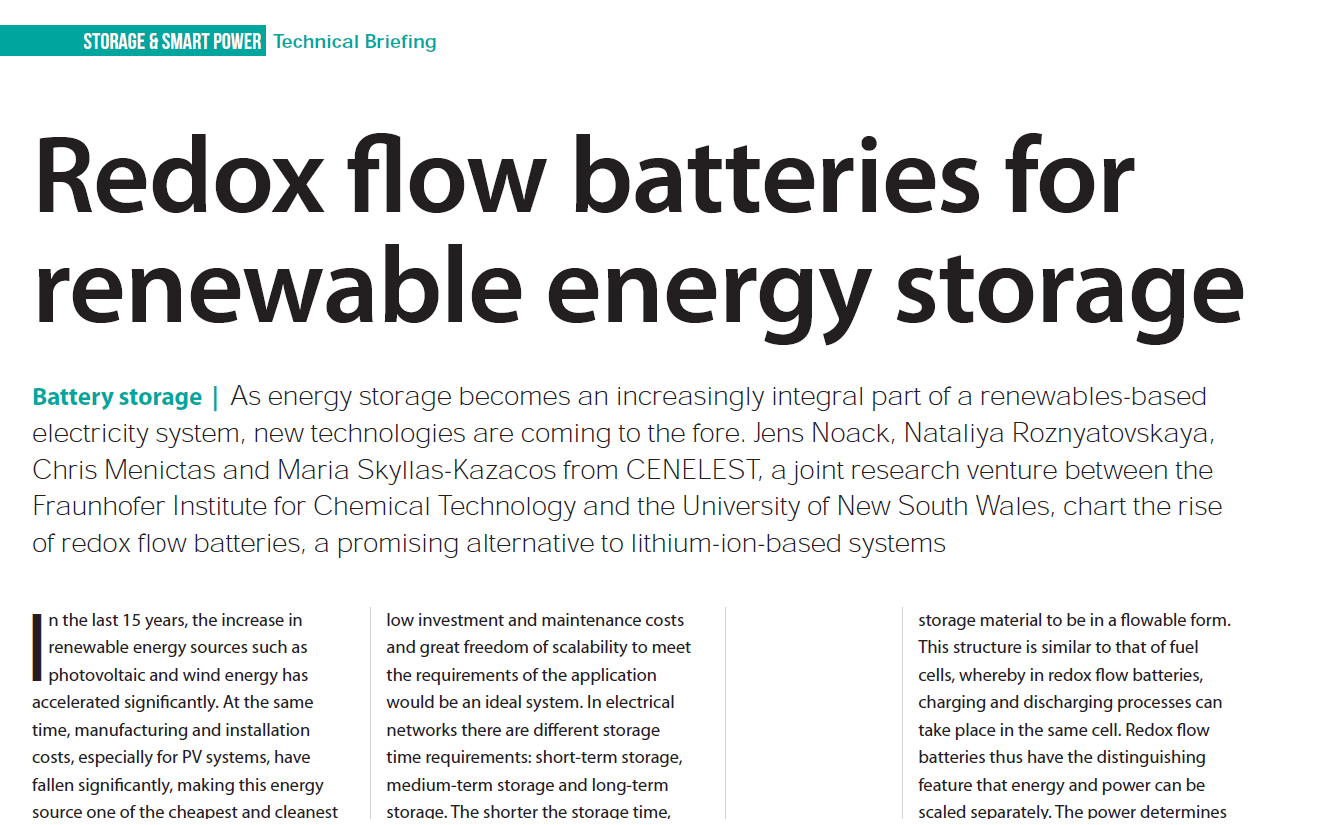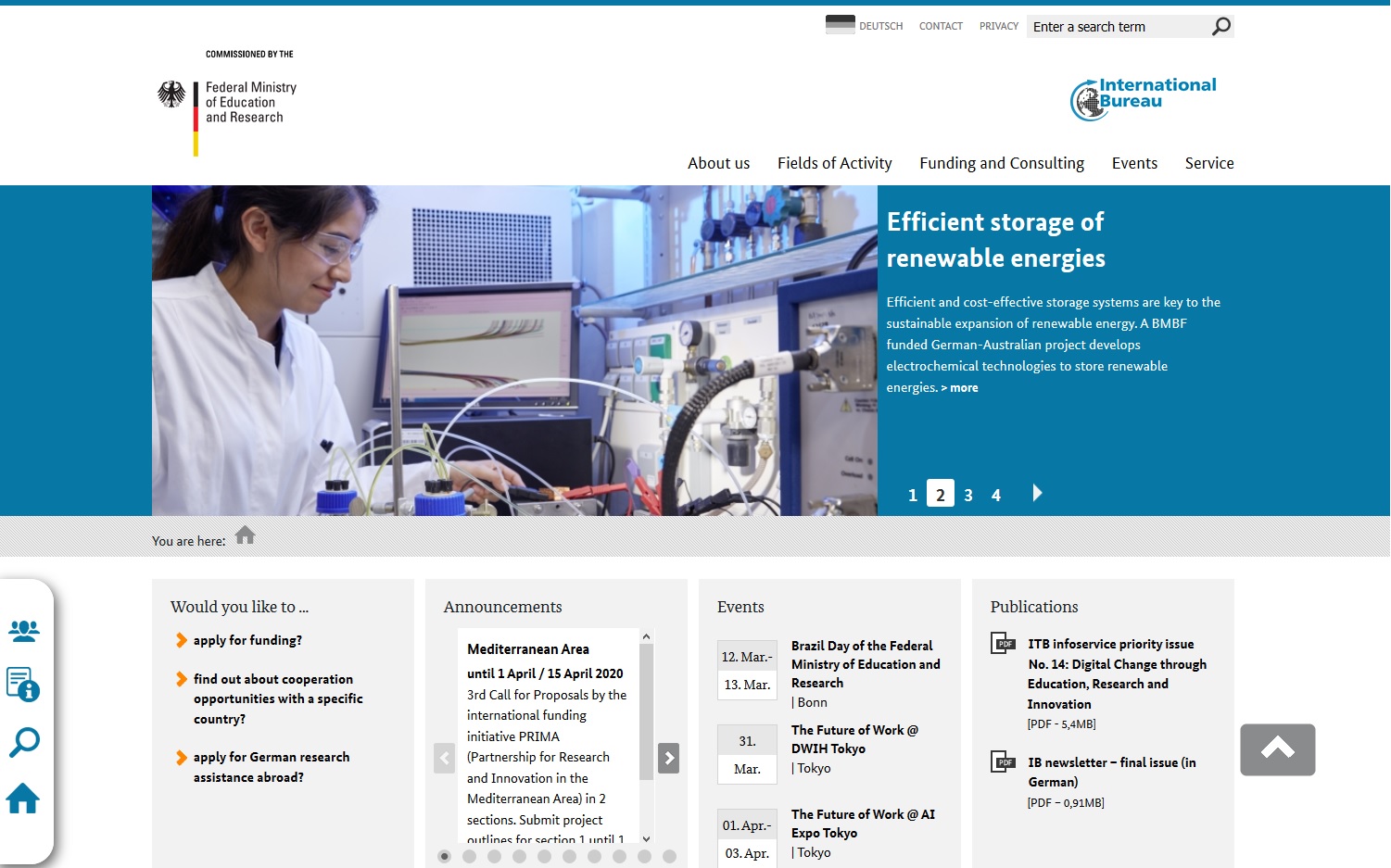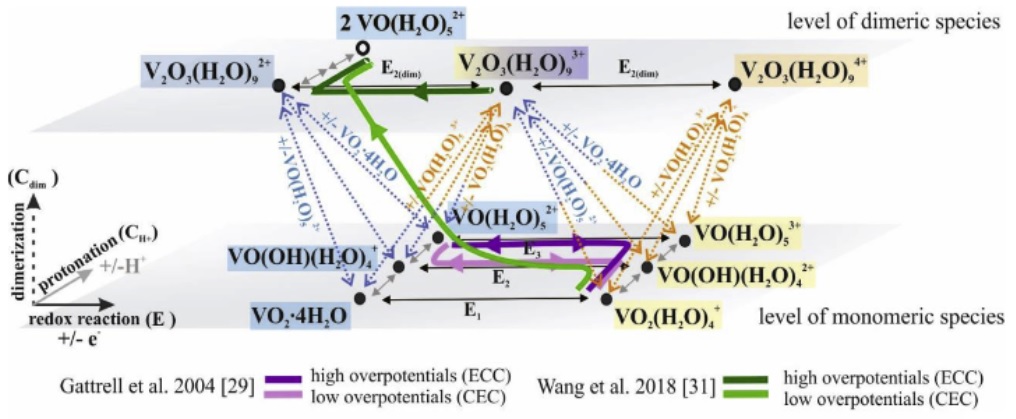Members of CENELEST have for the second time written an article for PV-Tech Power about redox flow batteries. While the first part was about redox flow batteries in general, the second part is specifically about vanadium redox flow batteries. The complete journal can be downloaded here after registration: https://store.pv-tech.org/store/pv-tech-power-volume-23/
Redox flow batteries for renewable energy storage
As energy storage becomes an increasingly integral part of a renewables-based electricity system, new technologies are coming to the fore. Jens Noack, Nataliya Roznyatovskaya, Chris Menictas and Maria Skyllas-Kazacos from CENELEST, a joint research venture between the Fraunhofer Institute for Chemical Technology and the University of New South Wales, chart the rise of redox flow batteries, a promising alternative to lithium-ion-based systems.
The full length article is available at PV Tech: https://store.pv-tech.org/store/redox-flow-batteries-for-renewable-energy-storage/
The German International Bureau rated CENELEST/Zenith as successful
The International Bureau is a part of the German project management agency DLR-PT and responsible for CENELEST. Via DLR-PT CENELEST is recieving funding from the German Ministry for Education and Research (BMBF) to establish this international collaboration between Germany and Australia for the years 2017-2022. All those involved in establishing the joint research presence thank the help of the International Bureau, DLR-PT and BMBF and are looking forward to further fruitful cooperation and excellent results through CENELEST.
Deeper insight into the processes in Vanadium Redox Flow Batteries
Nataliya Roznyatovskaya et al, have published an open acces review article on electron transfer processes for vanadium redox flow batteries. It concerns the complex reactions in diluted and concentrated vanadium electrolyte solutions.
The electrode processes play a decisive role in the efficiency and performance of vanadium redox flow batteries.
https://doi.org/10.1016/j.coelec.2019.10.003
In particular, there is a little-noticed difference in the past between the properties of diluted and concentrated vanadium electrolyte solutions. For example, the results of measurements in diluted solutions cannot simply be transferred to higher and practical concentrations, since the structural properties of the vanadium species and thus also their chemical properties and reaction mechanisms are different.
ICESI 1-4 March 2020 Sydney
Members of CENELEST are co-organising the 2020 Meeting of the International Coalition for Energy Storage and Innovation (ICESI 2020) in Sydney.
The International Coalition for Energy Storage and Innovation (ICESI) is a new international professional organization focusing on the science and technology challenges for grid scale energy and renewable energy integration.
The conference will cover three full days with a distinguished speaker, 2 plenary speakers and 42 invited speakers. The organising committee are pleased to announce that they have secured the services of the 2019 Nobel Laureate in chemistry Prof Michael Stanley Whittingham, the Founding Father of rechargeable lithium batteries, as the distinguished speaker.
ICESI is currently the only international organization that focuses on the scientific and technological challenges for the development and deployment of scalable energy storage technologies for electric grid and emerging market applications. ICESI annual conferences have a great tradition and unique style of blending fundamental research with practical applications to provide a vibrant mix of discussions on electrochemical power conversion and energy storage.
The purpose of ICESI is to establish an international forum to connect and industry in the world to address the long term scientific and technological challenges for the development and deployment of scalable energy storage technologies for electric grid and emerging market applications, and to serve as the authority, spokesperson and advocator for supporting energy storage research. In addition, ICESI will help identify the gaps in science, markets and technologies to promote collaboration in the international community and collaborations between the research community and industry, provide realistic assessment of current and future technologies, and provide guidance for long term research and long term investment. ICESI will also recognize and promote significant scientific and technological advances, individuals and teams who have made significant contributions in the field, establish new platforms and mechanisms to integrate and utilize the best resources in the scientific community and solve major scientific and technology challenges of key technologies, and speed up the transfer of these technologies to industry.





